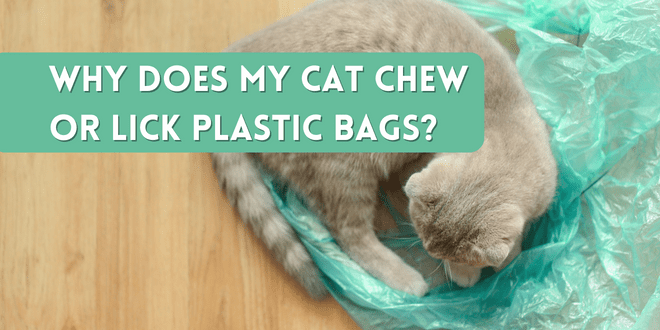The Fascinating Reasons Cats Love Plastic

A curious cat exploring a plastic bag - a common feline fascination
Table of Contents
① Sensory Triggers That Drive Cats Wild
Crinkly sounds mimic prey movement → triggers ancient hunting instincts.
Textured surfaces satisfy chewing needs → feels like crunching tiny bones.
Cats are wired to respond to textures and sounds reminiscent of hunting prey. For more insights on feline instincts, check the ASPCA Cat Behavior Resources.
② Food Smells You Can't Detect
Even "clean" plastic bags retain fatty acid traces.
Cats’ noses are 14x stronger than humans, making even faint smells irresistible.
Tip: Always store treats and pet food in airtight containers to prevent unwanted chewing.
③ Stress Relief & Teething Troubles
Anxiety relief: 50% of anxious cats chew hard objects for comfort.
Teething kittens (3-6 months): Sore gums seek relief through chewing.
Controversial Theories
Some low-credibility sources suggest mineral deficiencies cause plastic cravings.
Reality check: Credible studies show <5% correlation between mineral deficiency and plastic chewing.
For reliable research on feline nutrition, visit Feline Nutrition Research Foundation.
Emergency Protocol: If They Swallow Plastic
First 30 Minutes Checklist
1️⃣ Fish out fragments
Gently sweep the mouth with a finger
Watch for gagging or choking
2️⃣ Lubricate digestion
Give a 1-inch dose of hairball gel
Effective for pieces <1.2 inches
Call a vet immediately if:
Vomits more than 2 times
No bowel movement in 24 hours
Belly feels hard or distended
Hidden Dangers
Surgery risk: $3,000–$8,000 for intestinal blockage
Toxic colors: Cheap bags may contain lead
Learn more about pet safety from ASPCA Pet Safety Guides.
✨ 3-Stage Training Plan
Phase 1: Plastic-Proof Your Home (Instant Results)
Lock away temptations
Use lidded trash cans (e.g., Simplehuman Paw-Proof)
Store plastic bags in drawers cats can’t open
Smell deterrents
Wipe storage areas with lemon oil (citrus = cat repellent)
Phase 2: Satisfy Those Urges (1–2 Weeks)
Texture substitutes
Petstages dental sticks (crinkly feel like plastic)
Frozen carrot sticks (soothes teething pain)
Sound therapy
Cat Amazing maze box with crinkle layers
Phase 3: Behavior Reset (Long-Term Success)
Positive reinforcement
Shake treat jar when catching unwanted behavior
Reward with freeze-dried chicken after play
Schedule magic
Play sessions at 10am, 6pm, and 9pm (matches natural hunting cycles)
FAQ
Q1: Is chewing plastic harmful for cats?
A: Occasionally chewing is common, but ingesting plastic can lead to intestinal blockage or toxic exposure.
Q2: Can teething kittens chew alternatives instead?
A: Yes, frozen carrots or dental sticks are safe substitutes.
Q3: How can I prevent my cat from accessing plastic?
A: Use lidded trash cans, drawers, and citrus-based deterrents.
Q4: When should I call the vet for swallowed plastic?
A: If your cat vomits multiple times, hasn’t pooped within 24 hours, or shows abdominal pain.
Sources & References:
2025 Feline Behavior Journal
Feline Nutrition Research Foundation
